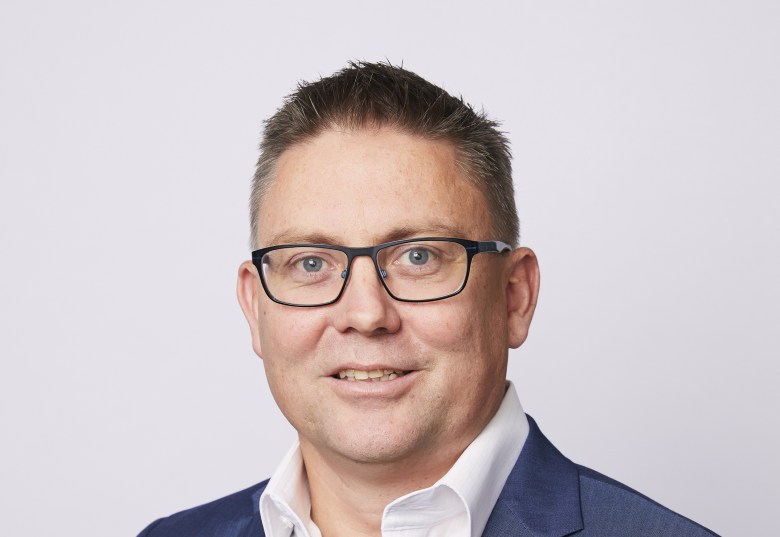
An excerpt from AP March 2020 Print Leaders Forum – by IVE CEO Print – Web Offset, Darryl Meyer
The macro-environment in Australia, particularly with what’s happening in the consumer space, is challenging many segments including retail as consumers’ discretionary spend tightens up. We’re seeing this more recently through several well-known retailers entering administration, or closing their doors. This is impacting the print sector, but also creates opportunities for print companies to be more innovative in providing customers with unique solutions to maximise return on investment.
I expect the ongoing development of data analytics to also play a bigger part in 2020, allowing customers to engage more with consumers. In particular, it enables retailers to use data to identify and target customers more effectively. Mass print collateral is still effective, however the ability to utilise data to create more highly personalised campaigns needs to grow.
If you look at sectors like publishing, it’s on the cusp of change with the two largest publishers in Australia looking to merge. Should their consolidation proceed, I expect the outcome to be a more sustainable printing industry through a renewed focus of creating great content for the consumer.
The softening of some sectors may result in the need for further consolidation. The digitisation of product will also see some decline, but we need to remember that print remains an effective media channel and one that we as industry leaders should embrace and continue to champion.
Sustainability is also right at the forefront of everyone’s minds at the moment and customers will be looking to ensure that the industry challenges how we produce products in the most efficient way possible.
So, there is a lot for printers to be positive about. The digital print sector continues to show encouraging signs as customers look to move towards personalised products. This is further supported by the blurring of the quality of offset and digital, as well as the growth within some industries like food, liquor, health, beauty and automotive. With retail, it is now focused on driving more foot traffic through doors, resulting in an increase in the demand for point-of-sale material.
But print businesses can often be perceived as traditional or one dimensional in their thinking. The key message for printers is to listen to customers and their needs. Printers need to understand the need to be nimble and be prepared to adapt. This will help shape their business over time and deliver value to their customers, along with renewed opportunities.
Building on strategy does take some time, so printers shouldn’t lose focus on the day-to-day tasks that feed the baseline of the business operationally. They need to continue to focus on process improvement internally and make an effort to minimise waste and increase production output across all of their assets.
For our group, the books sector is showing positive signs of growth as consumers turn to having physical copies instead of e-books. We continue to pursue colour as well as monochrome printing opportunities in this market. Print is evolving and there are green shoots in specific areas of print – some areas are challenged, others are showing signs of life.
IVE’s focuses will also be around these three areas:
- Looking at ways we can transform our business and improve customer experience. We’ve got a number of key projects on the go, which includes the migration to a new MIS platform. This will enhance our business information feedback into businesses.
- Building on the successful launch of our new e-commerce platform, Nexus, that transforms the traditional printer catalogue into an interactive, shoppable experience. This was released in November 2019 and compliments traditional printed material very well.
- Welcoming the Salmat Letterbox Distribution team into IVE. Salmat has been a strategic partner of IVE for many years and the acquisition completes the final phase of our strategic roadmap. It further enhances our integrated resale marketing offer and has enabled us to commit to the $25 to $30 million capital investment programme that aims to improve the sustainability of the 14,000-strong national walker network.
I remain optimistic for the industry. We are experiencing dynamic times, which is no different to preceding years. Successful printers will adapt and invest in new technologies and systems. Moving with the times provide printers with an opportunity to create business and position themselves for strong growth.
This article was written prior to the impact of COVID-19. The digital version of AP March 2020 is available here.
And as part of AP’s 70 anniversary, we’re pulling together a list of 70 local industry pioneers – you can make your nominations here.
Comment below to have your say on this story.
If you have a news story or tip-off, get in touch at editorial@sprinter.com.au.
Sign up to the Sprinter newsletter



